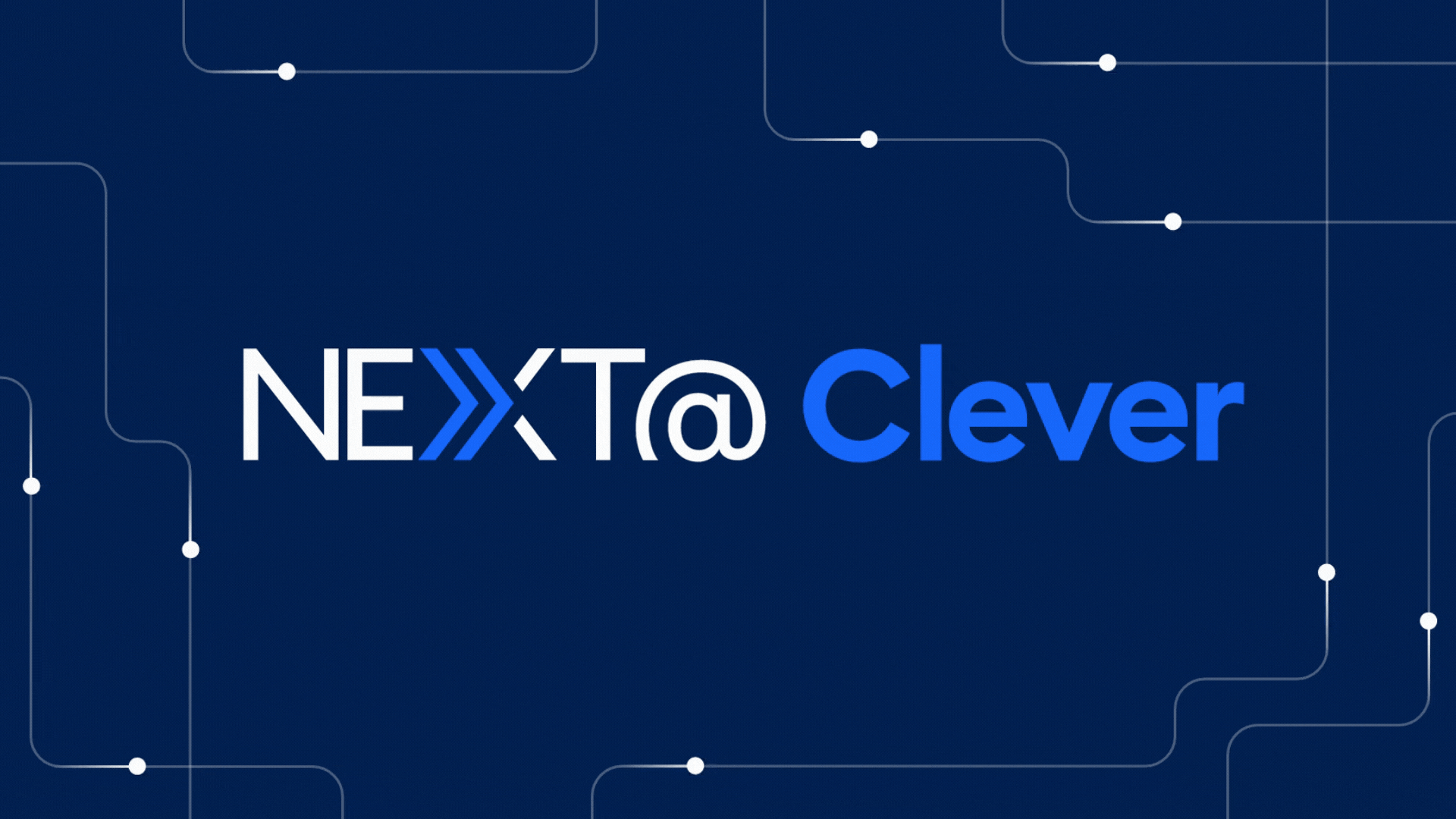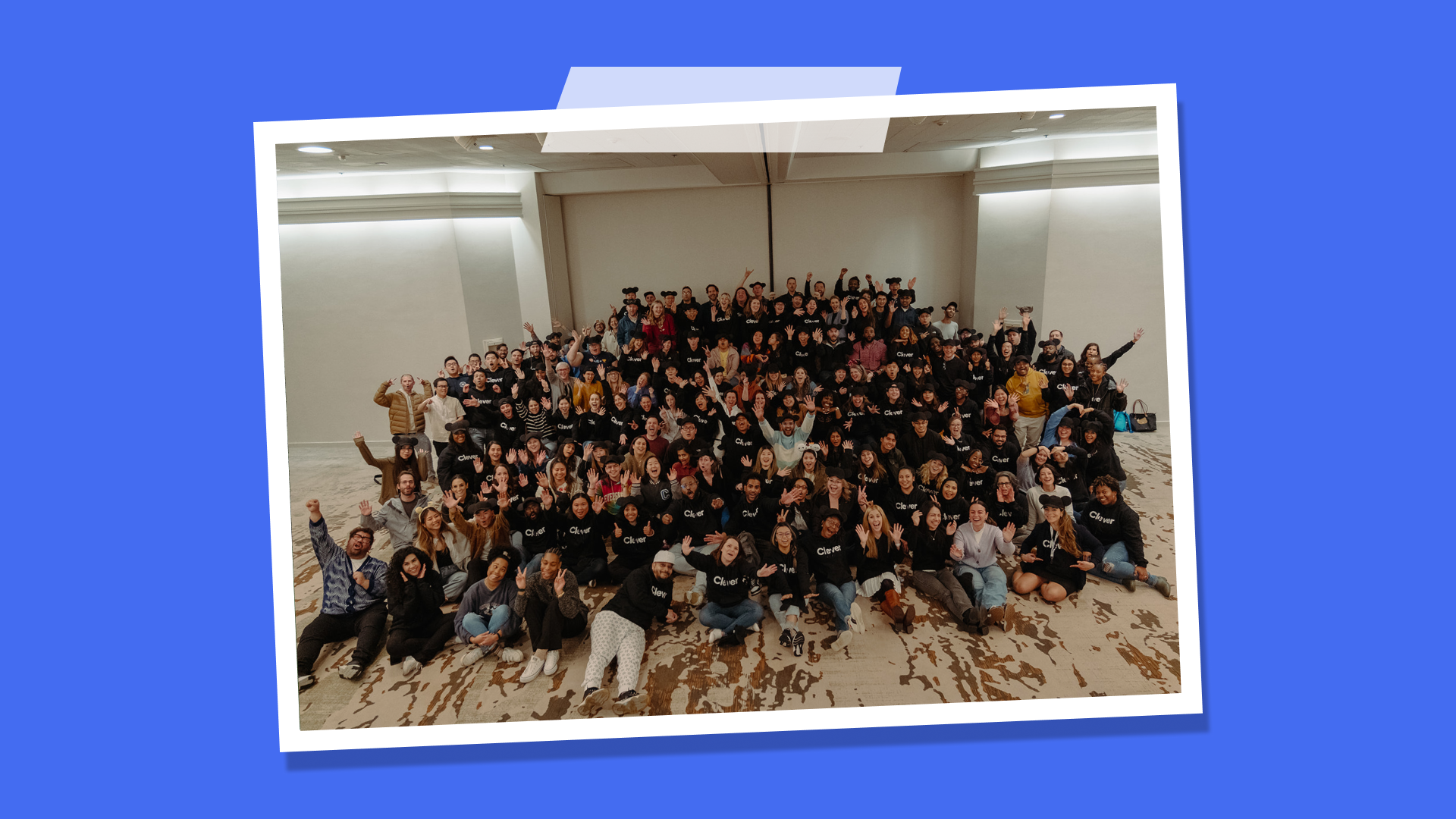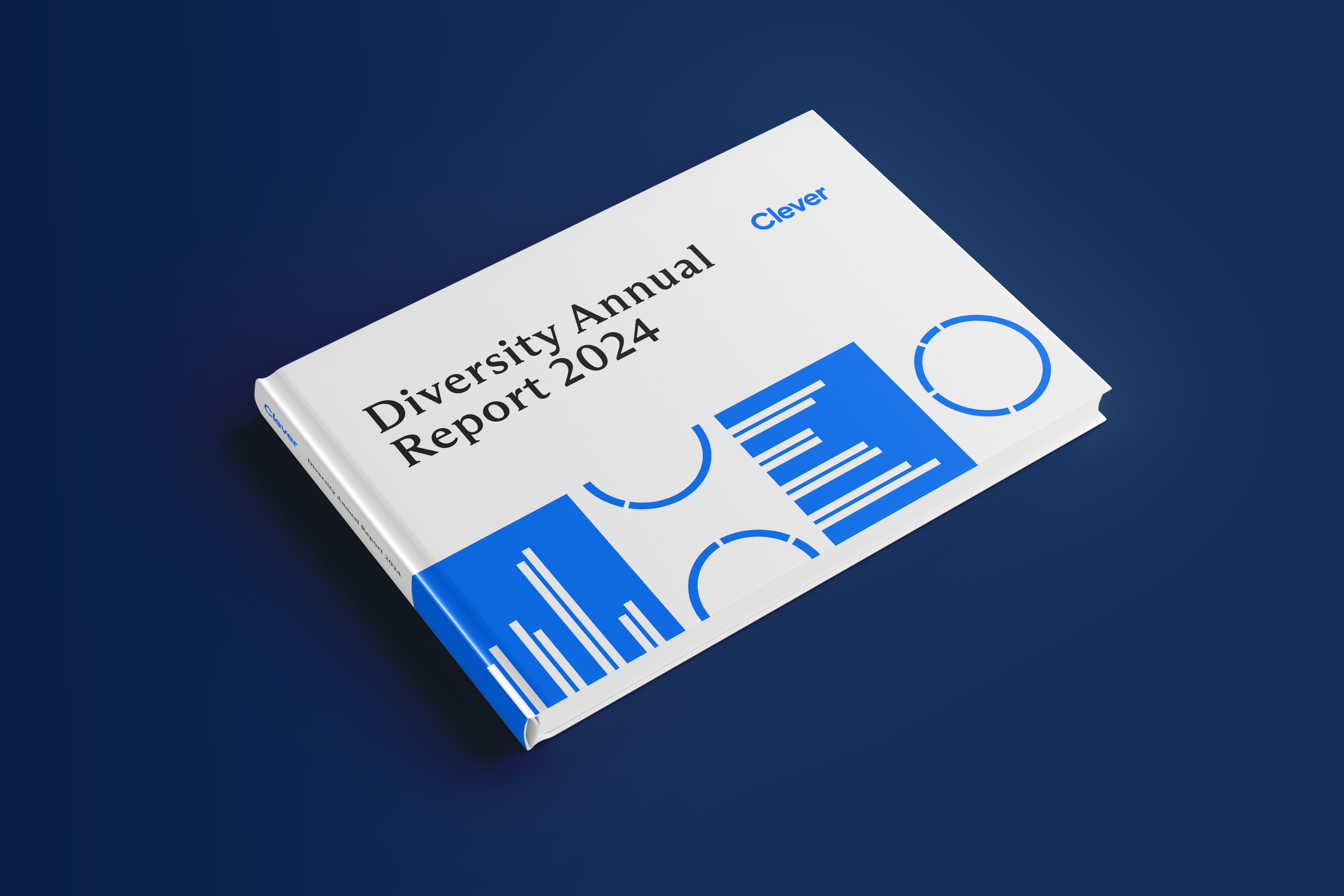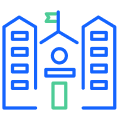How feedback from customers helps us build a better Clever

At Clever, we have six culture tenets that serve as guideposts and remind us of our core values. One of those culture tenets is “Clever is a group project.” On a day-to-day basis, this idea applies mostly to cross-team collaboration: an engineer jumping into a conversation with a district to help with a particularly technical setup; a group of former teachers at Clever putting together a video for Teacher Appreciation Week. But in a broader sense, this tenet reminds us that Clever is an ongoing project that we pursue in collaboration with our district and application partners. We know we don’t have all the answers, but by hearing and understanding the feedback we get from districts and applications, we know we can continue to build a better Clever, day by day.
As a District Success Manager at Clever, I talk with folks from school districts every day. My job is to help districts get more out of Clever, whether that means simplifying logins for younger students, gaining insight and providing recommendations on how technology is used across the district, or streamlining application integrations to save setup and maintenance time. In a typical week, I talk to 20+ district administrators, each of whom has their own thoughts on how we can make Clever more useful for their district.
The feedback I get runs the gamut—everything from confusing wording in the product to a new feature someone wants that Clever currently doesn’t have. Given that almost half of the Clever team is focused on working directly with customers, we get hundreds of suggestions each week about how we can improve our product. At the end of each week, we’ve accumulated a mountain of feedback from both districts and applications, which begs somes questions:
- How can we capture and track all that information in a meaningful way?
- How should we prioritize the feedback?
- How do we determine the right solution for an idea suggested by a user?
We know the people who use Clever are the best positioned to make it better—their feedback is invaluable, and it’s important for us to have a process for managing that feedback effectively. Here is a glimpse into what that process currently looks like:
- Log the feedback: At one point or another, all of the district admins that I work with have heard me say, “I’m sharing that with our product team right now.” What that means is I’m typing it up and sharing it via a channel dedicated to district feedback in our internal messaging system. All the feedback is then logged in a spreadsheet where we track frequency and trends.
- Determine how widespread the idea or pain point is: Once feedback is shared, other Clever employees who have heard similar feedback from the districts or apps they work with can “upvote” the comment and add context around what they’ve heard. Our executive team also often chimes in based on what they’ve heard while speaking to schools and apps. We want to understand whether an issue is felt by a single district or app, or whether its impact is much broader.
- Review and discuss each piece of feedback: Every other week, our product team leads meetings with district- and app-facing folks at Clever to go through every piece of feedback we’ve collected in the previous two weeks. This includes product managers, district success managers, designers, marketing team members, and engineers. Our product managers often push us to dig into the feedback we’ve logged, asking questions to get at the underlying issue or need represented.
- Decide what to build: Our product team looks at themes across all of this feedback to determine improvements we can make and new features we can build to to make Clever better. We review feedback in aggregate so we can identify broader trends and uncover deeper needs and put together a roadmap to start solving those pain points. This feedback protocol also allows us to understand what districts and apps need Clever to be for them and how we can build more impactful functionality for you in both the short- and long- term.
Our feedback process allows us to take the feedback we get from apps and districts and create enhancements or new features that provide a better Clever experience—based directly on the experience of the people who use Clever every day. When you hear me say thanks for the feedback, I really appreciate it!, know that it’s 100% true because your feedback is vital to building a product that continues to do more of the things you need it to do.
We’re so grateful for the 1,800+ pieces of feedback you’ve given us in the past year, and we look forward to hearing much more feedback from you in the 2017-18 school year!
P.S. To see everything we released in the 2016-17 year based on customer feedback, take a look at the Clever Yearbook for districts and applications.

More to read

October 16, 2025
A Unified Future: Why a Single Identity Platform Is the Key to Secure and Scalable LearningStop managing complex K-12 security with patchwork fixes. Jamie Reffell, CPO at Clever explains how a unified identity platform is the future for secure, scalable learning and effortless edtech deployment.

December 17, 2024
Year in review: Inclusion and Belonging in 2024A snapshot of our learnings around inclusion and belonging for 2024 – our focuses, our progress, and where we need to improve.



















